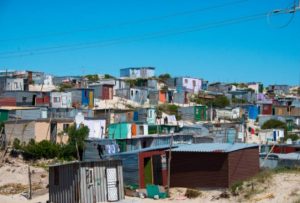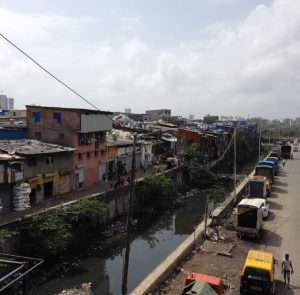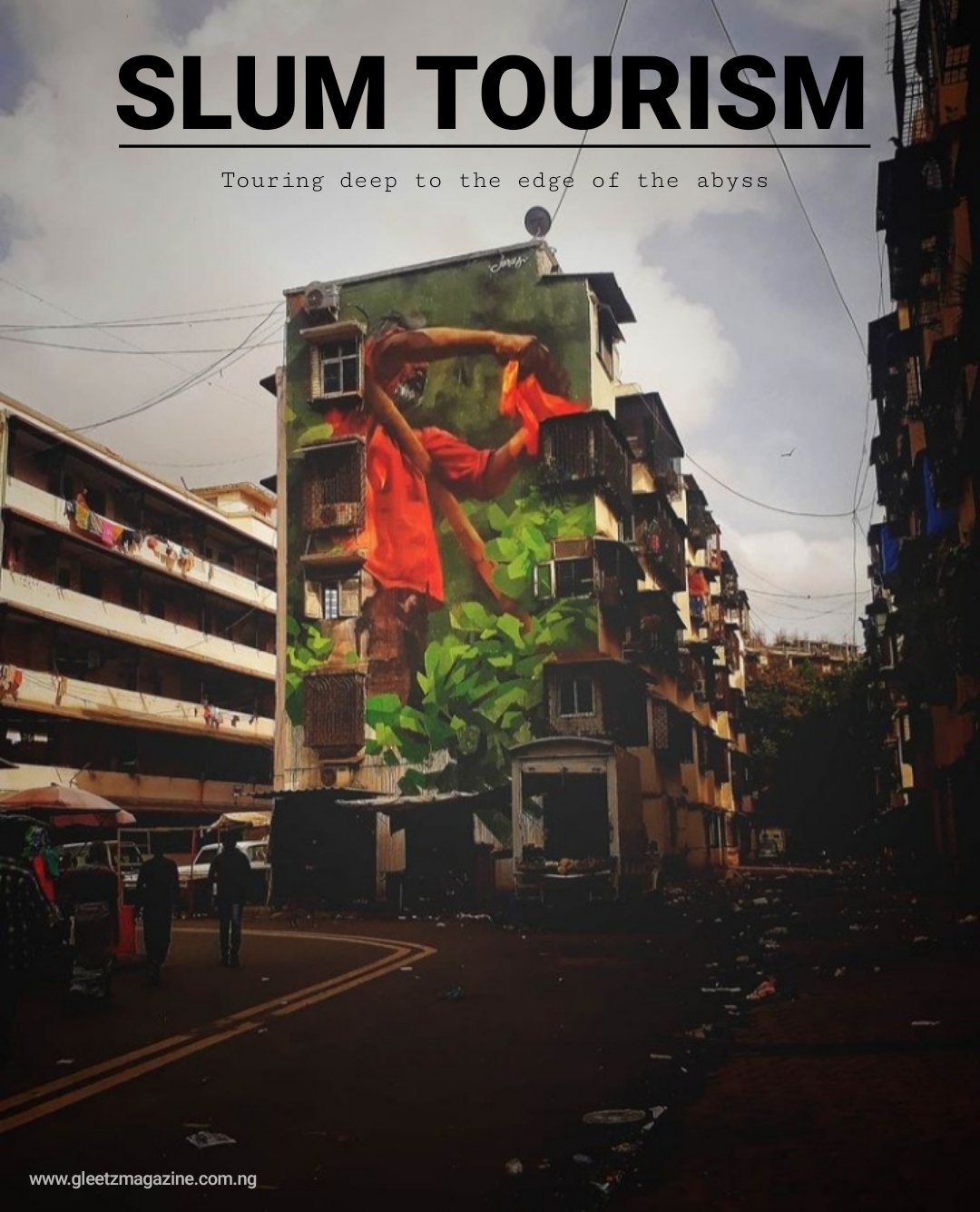Former US President Donald Trump Shot But Escapes Assassination Attempt
In recent times, so many things have been written and read about Slum tourism. While some purport that it’s almost likened to Ghetto tourism, others opine that it involves engaging in touristic activities to poverty stricken areas of the world.


However, as much as some of these claims are true, there’s probably a lot more you just haven’t read or heard concerning Slum tourism. In this concise piece, I’ll do right by you to bring you up to speed on the most important things to know about Slum tourism.
First of, the general idea is that slum tourism has everything to do with taking a tour of impoverished sites as some scholars have put it, visiting sites where the inhabitants live in harsh conditions. Second of, and oddly enough, all of these gets painted in such a way that tourists end up having misgivings as to whether to visit these sites or not.


Consequently, I have taken it upon myself as a tourism professional to underlist a few things that might fare well with you regarding Slum tourism;
• Slum tourism isn’t just all about visiting slums, and perhaps it’s better off being called “neighborhood tourism”. If that will be enough to make people see these subset of tourism in a better light.
• This aspect of tourism can also be seen as a part of Cultural tourism.
• It is understood that the state of things often times do not allow Slum tourists interact or bond with the locals_ thanks in no small part to the poor nature of most of these sites. But, new thoughts needs to be given to this.
• The fact that it is a part of Cultural tourism which allows us know more about the way of life of these people means it should be more than just taking pictures of these sites alone. Bonding with the locals and understanding how they do things, survive and live their everyday life should also be of interest to us.
• Just as we relate well with locals in various communities during Cultural and religious festivals, we should also help these people in the Slums have that feel-good factor when touring these sites.
• They say images portray sites and make people feed their eyes as though they were present. Our cameras shouldn’t just showcase the bad side of these people or make poverty look exotic. Some of them fish, cook, hairdress, Barb and engage in decent skills to feed themselves. We should also be civil enough to show the world this integral part of their lives.
• Every country has got a slum. Hence, talks of the country’s image being dampened if we showcase our slums doesn’t even taste well. It all boils down to how we put it out there for people to see.
• We are probably better of, So it’s fine we try our possible best to see touring these sites as our corporate civic responsibility by giving back to these people in our own little way. Sensitization Talks, lectures, funds, foods, health care materials etc given to them will go a long way.
Afterall, that’s one of the beauty of tourism. Having carried out the community impact assessment, all of these can easily come to play_and to good effect too.










